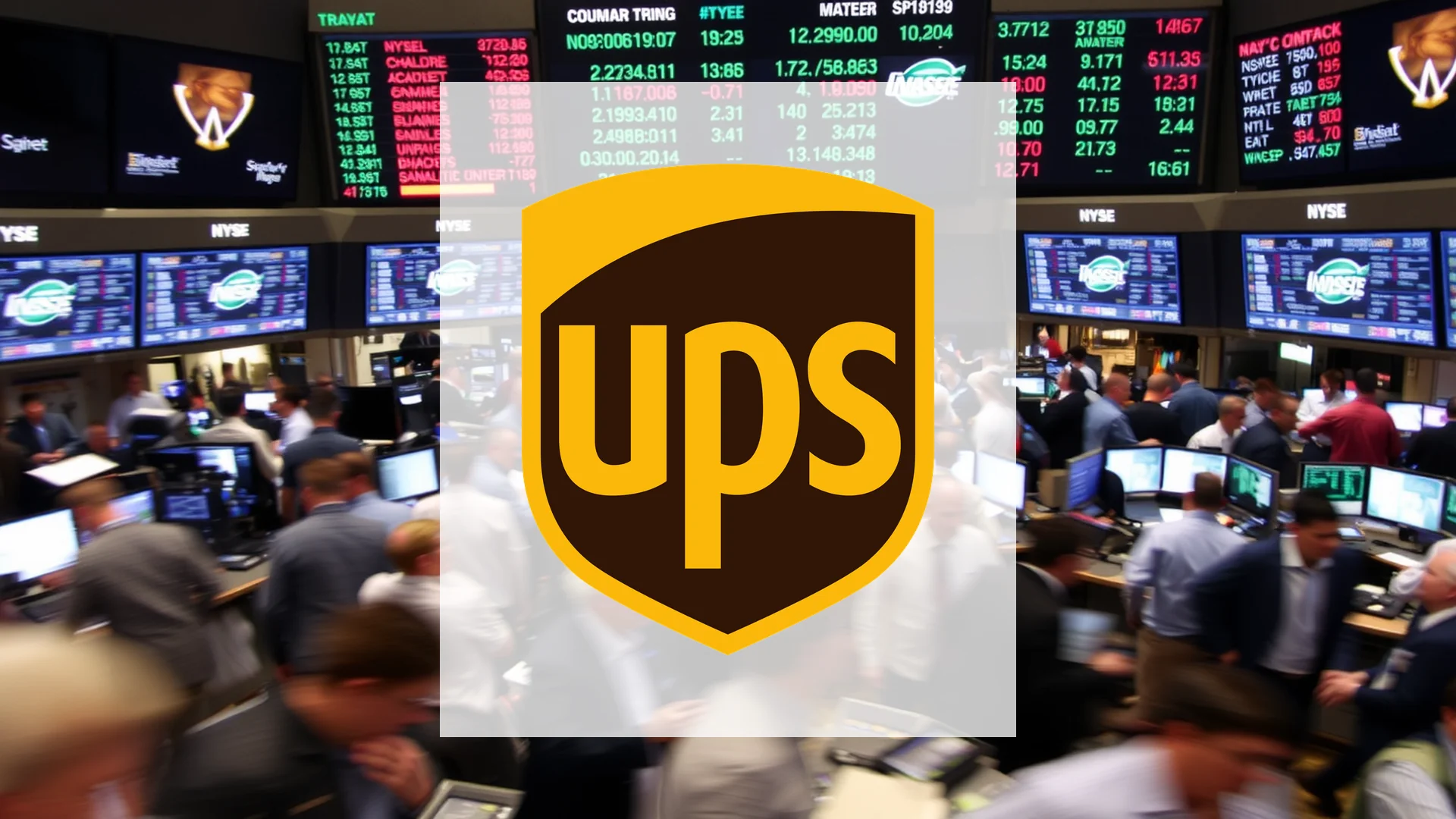The shipping and logistics titan UPS finds itself navigating turbulent waters as its fundamental business operations deteriorate. Despite concerted efforts to exit unprofitable segments and enhance margins, the company confronts a perfect storm of declining volumes, a costly separation from a major client, and international headwinds. These factors have combined to place its stock under persistent downward pressure.
Drastic Cost-Cutting Measures Implemented
In response to these challenges, UPS has launched an aggressive austerity initiative dubbed “Efficiency Reimagined.” This radical restructuring plan outlines severe cutbacks:
- Targeted cost savings of $3.5 billion
- Elimination of 20,000 positions
- Closure of dozens of operational facilities
The market, however, remains skeptical about the program’s ultimate success. A significant point of concern is the company’s dividend, long considered a cornerstone of its investor appeal. Financial experts are now raising alarms that a potential reduction is on the table, a move that would undoubtedly inflict further damage on the already struggling share price.
Strategic Pivot from Amazon Proves Costly
A central element of UPS’s strategy has been a deliberate departure from its largest customer, Amazon. The objective was clear: shift focus away from low-margin, high-volume parcel delivery and toward more lucrative sectors such as healthcare logistics and services for small to mid-sized businesses.
Should investors sell immediately? Or is it worth buying UPS?
This strategic gambit, however, has backfired significantly. Analysts at Bank of America forecast a dramatic 10 percent plunge in volume for the third quarter, dealing a direct blow to top-line revenue. The phased withdrawal from Amazon business, often termed the “Amazon Glide-Down,” has created substantial gaps in operational capacity that newer, more expensive niche clients have so far been unable to fill.
International Operations Lose Momentum
Compounding the company’s domestic troubles is a pronounced weakening in its once-reliable international segment. The highly profitable package shipments from Asia, particularly China, have slumped. This downturn is partly attributed to the cessation of certain U.S. import duty exemptions, which has negatively impacted demand.
The deteriorating outlook has prompted a wave of analyst downgrades. Research firm Morningstar recently slashed its fair value estimate for UPS shares, citing the “lasting negative effects” of contracting international shipment volumes. This persistent negative sentiment continues to cloud the company’s recovery prospects.
Ad
UPS Stock: Buy or Sell?! New UPS Analysis from November 15 delivers the answer:
The latest UPS figures speak for themselves: Urgent action needed for UPS investors. Is it worth buying or should you sell? Find out what to do now in the current free analysis from November 15.
UPS: Buy or sell? Read more here...











